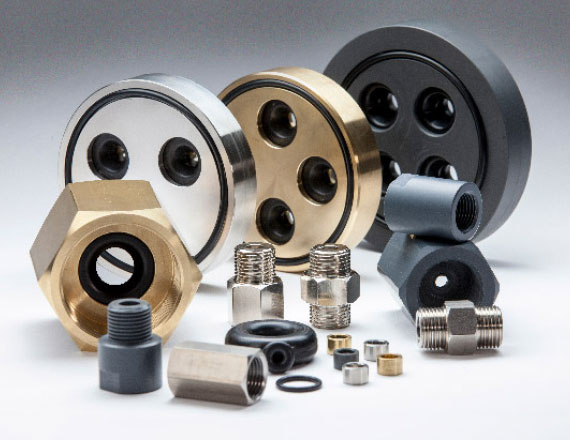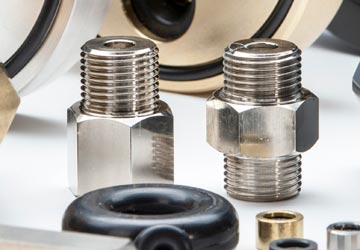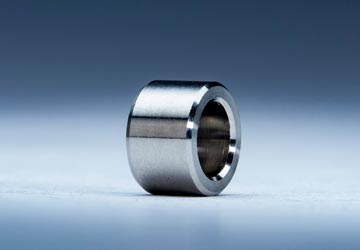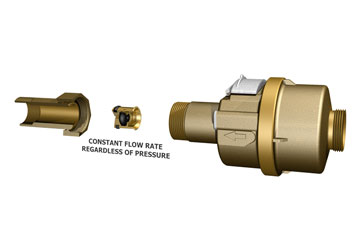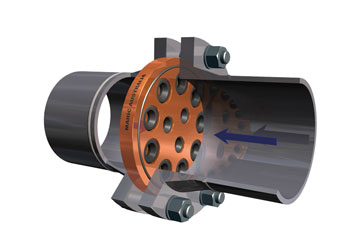BT-Maric constant flow valves
– are designed to deliver a predetermined, constant flow rate for water
The BT-Maric constant flow valves (sometimes called flow restrictors, flow limiters) maintain a fixed, pre-set (non-adjustable), constant flow rate, regardless of pressure. BT-Maric flow restrictors will keep the flow rate of a liquid in a pipe system to a specified value, regardless of pressure variations.
Bertfelt is the leading manufacturer of BT-Maric constant flow valves for industrial use.

